INTRODUCTION
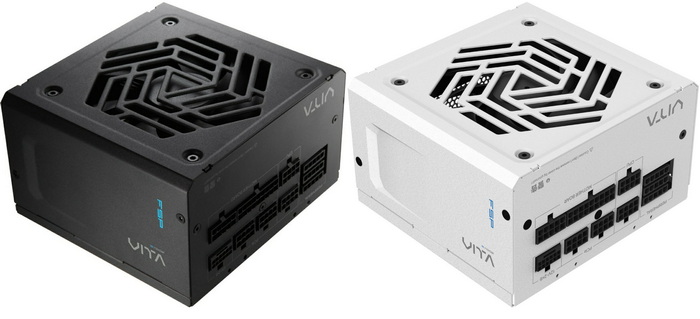
With Christmas just around the corner (and our annual mega giveaway of course) I expect many people all over the world will either be upgrading their systems or building entirely new ones. Unlike in the past power supply units are now considered to be among the most important hardware components (we mostly have graphics cards to thank about that) and well, with so many quality and high-performance models in the market consumers and professional alike can find exactly what they're looking for. FSP is among the leading PSU manufacturers in the world and today with me I have their latest Vita GM 850W model.
FSP Group is one of the global leading power supply manufacturers. Since its establishment in 1993, FSP Group has followed the management conception “service, profession, and innovation” to continuously fulfil its responsibilities as a green energy resolution supplier. With the combination of its leading role in power supply technology and the cultivation of green energy field, FSP Group now provides more competitive quality products and makes itself the most reliable partner for customers, consumers, and suppliers with joint creation of maximized values.
The Vita GM line currently includes 750/850/1000W output fully modular models both in black and white colors all of which are 80 PLUS Gold certified (over 90% electrical efficiency) and compliant with all the latest standards (ATX12V V3.1, PCIe 5.1, EPS12V V2.92). As for the 850W capacity model it features a single strong +12V rail (70.83A) capable of delivering 100% of the units’ total power output (850W), peak power output of no less than 968.6W (although once again according to ATX 3.0 specs peak should now be up to over 1.7KW for up to 100ms duration – not something i can test however), 12V-2x6 connector (600W), 4 PCIe 6+2 connectors, active PFC, LLC Resonant-converter Topology with Synchronous Rectifier, DC-to-DC technology and 100% Japanese capacitors. Typically, FSP covers the Vita GM line with a 10-year limited warranty and as for available protections the Vita GM packs OVP (over-voltage), SCP (short-circuit), OPP (over-power), UVP (under-voltage), OCP (over-current) and OTP (over-temperature) ones.
SPECIFICATIONS AND FEATURES

PACKAGING AND CONTENTS
The Vita GM is shipped inside a black box that has a product image at the front along with the company logo and the main product features.
On the left side FSP has placed the power plug selection.
Noise and efficiency graphs are printed at the rear next to the electrical table and available power cables.
As expected, the power supply is wrapped inside a synthetic cover and placed under a piece of cardboard.
Along with the Vita GM 850W, its power cord and modular cables inside the box you'll also find a test adapter, cable straps, 4 mounting screws, warranty paper, manual and the user guide.
THE VITA GM 850W EXTERIOR
Aside the 12V-2x6 cable which is braided every other modular cable is a low-profile (slim) one.
Measuring 150mm in length, 140mm in width and 86mm in height the Vita GM 850W is a small model.
FSP uses an 120mm fan to keep interior temperatures in check.
Both the company logo and model name are printed on the sides.
The electrical table is located at the base of the enclosure.
All 10 modular connectors are tagged and different in shape.
At the rear we find the on/off power switch and the power port.
THE VITA GM 850W INTERIOR
The 120mm fan is made by Yate Loon electronics and should be able to go up to 2200RPM with 40dBA noise (max numbers, fan profile could be lower).
Interior layout is very clean and well, that's what FSP has gotten us used to for many years now.
The single primary capacitor is manufactured by Nippon Chemi-Con and is certified for use up to 105 degrees Celsius.
Secondary capacitors are manufactured by both Nippon Chemi-Con and Rubycon and again are certified for use up to 105 degrees.
TEST BED
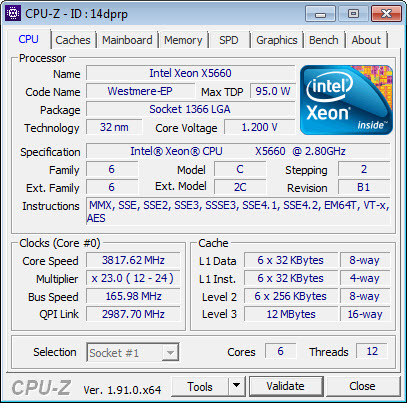

TESTING METHODOLOGY
Using a dedicated measurement instrument such as a Chroma or a SunMoon to test power supply units is without doubt the most ideal and accurate way (not to mention the fastest) to do that currently. However, it's certainly not the only way there is and so pretty much anyone can test a power supply unit just by using a test rig. Certainly, limitations do apply and so you can't really push a 1000W power supply to its limits if your system only uses 500W at peak loads and that's why over the years we saved certain hardware components for the purpose of building a dedicated PSU test rig. True it may not be as accurate as the above mentioned solutions, but it comes really close and is in fact much closer to real world usage. So as always, we ran several games with maximum graphic options enabled at a resolution of 2560x1600 in order to stress every hardware component and increase the overall power demands of the system. The Passmark BurnIn Test was also used to overstress the components in an effort to provide the most accurate results possible. As a final test we also used the latest OCCT 4.4 software and its dedicated PSU testing suite since it can really bring a power supply to its knees after inside a few minutes.
Rail stability was checked/measured with the CPUID Hardware monitor and a Metex multimeter which also recorded the system load in idle and in load. As always try to remember that the power consumption numbers listed in the graph are the highest (Peak) ones recorded during the entire duration of the tests and not the average ones. Noise levels coming from the fan were recorded using the high precision HD600 ExTech Sound dBA Meter from the rear of the unit and at a range of no more than 5-10cm. Readings under load are recorded the exact moment we manually switch the fans of all graphics cards from full speed to almost zero, that way the fan of the power supply does not have enough time to slow its RPM and so by doing this we get very accurate noise level readings. Needless to say, in order to get 100% accurate readings, you need to have a noise isolated room for that exact purpose, something which is quite impossible unless you are working inside a real lab (some people use very small noise insulated boxes but due to their size both heat and noise exceed normal levels and so the results can't really be considered to be 100% accurate, nor realistic for that matter). Also do take into account that since all noise measurements take place from just 5-10cm away the final noise levels to reach your ears will be considerably less.
* After well over 10 years of testing PSUs the Intel Core i7-920 CPU of this rig failed and so we replaced it with a Xeon X5660 (we also swapped the GA-X58A-UD7 for the G1. Assassin).
TEST RESULTS



CONCLUSION
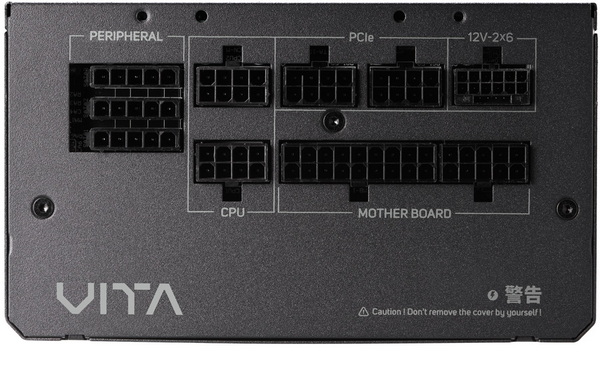
Even though the Vita GM line from FSP is not their top one the 850W variant managed to produce rock solid rail stability which coupled with its ATX 3.1 and PCIe 5.1 compliance and its available electrical protections make it a very good choice, especially for people on a budget. Yes, noise levels could be better but since FSP went with a high-speed 120mm fan due to the size of the Vita GM this was somewhat expected (and my test rig didn’t max it out). Being available in both black and white colors is also certainly something that will appeal to some consumers, as will its small size and of course its 10 year limited warranty.
The Vita GM line already counts roughly 4 months in the market and currently the 850W output model retails for around USD139 inside the USA and for 118.14Euros inside the EU (Amazon.de) a price tag which is exactly what I was expecting. What matters in the end is that the Vita GM 850W power supply unit by FSP delivers on everything it should and that’s plenty for the Golden Award.

PROS
- Good Build Quality
- Rock Solid Rail Stability
- ATX 3.1 & PCIe 5.1
- 80 Plus Gold Certified
- 12v2x6 600W Connector
- Single Powerful +12V Rail (70.83A)
- Fully Modular
- Electrical Protections (OVP/SCP/OPP/UVP/OCP/OTP)
- Available In Black & White
- 10 Year Limited Warranty
- Price (For Some)
CONS
- Lack Of Some Electrical Protections
- Noise Levels
- Current Availability (USA)

 O-Sense
O-Sense





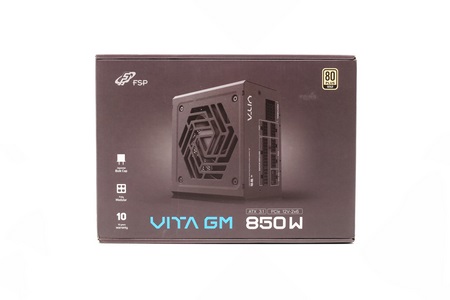
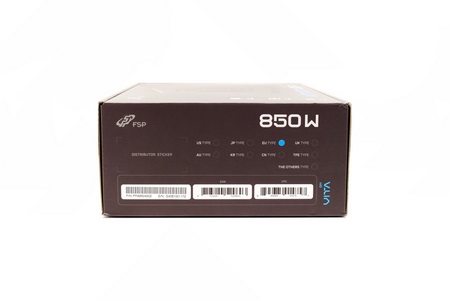
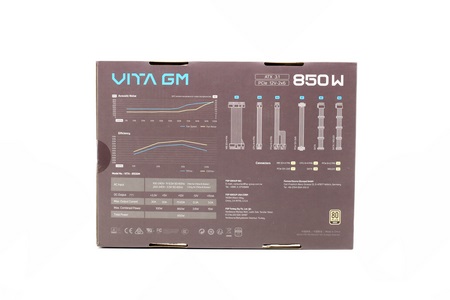
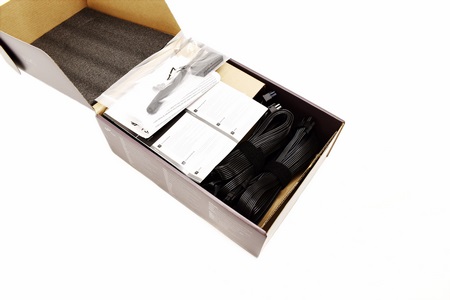
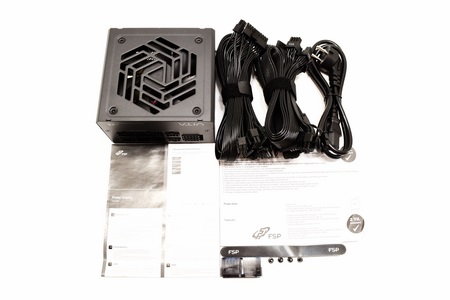
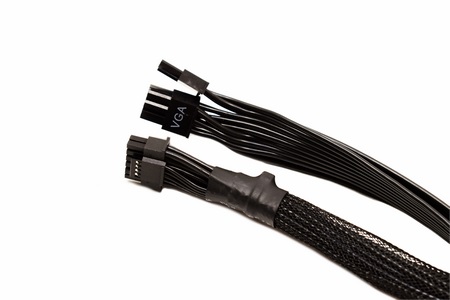
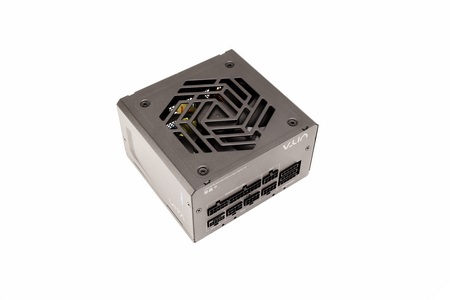
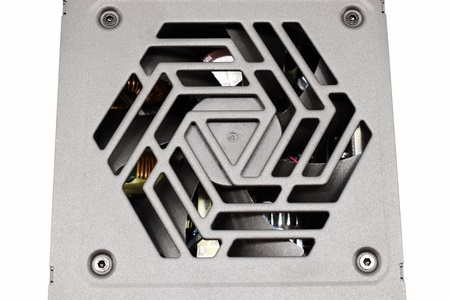
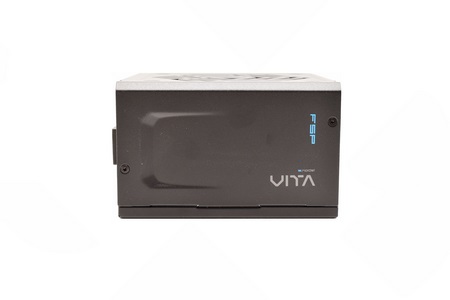
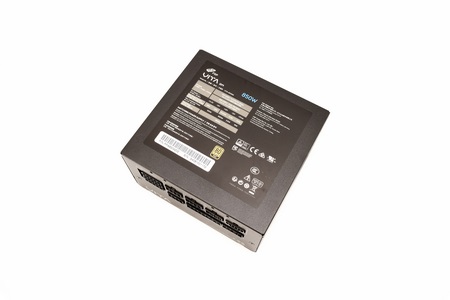

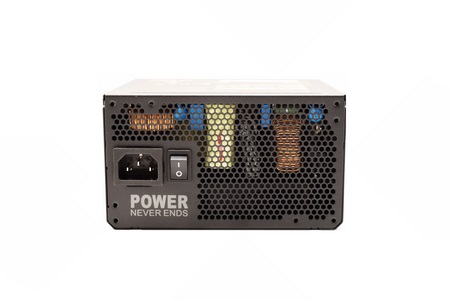
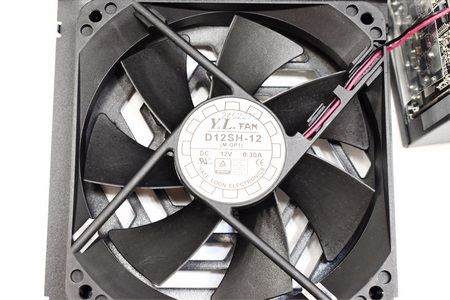
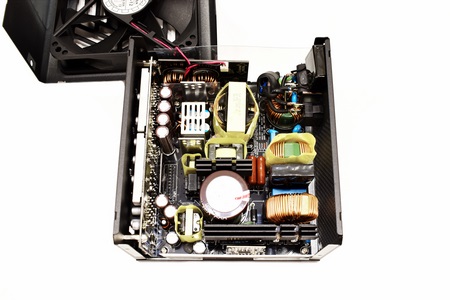
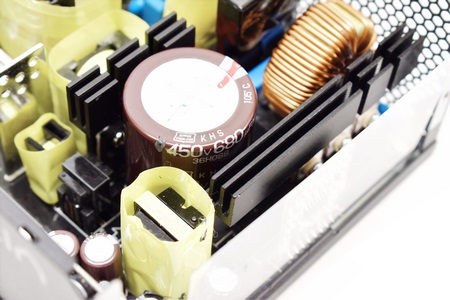
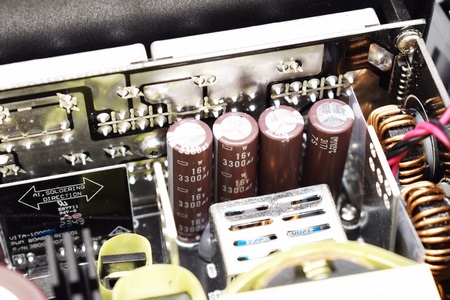
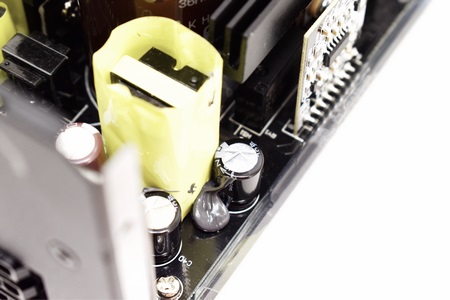


.png)

